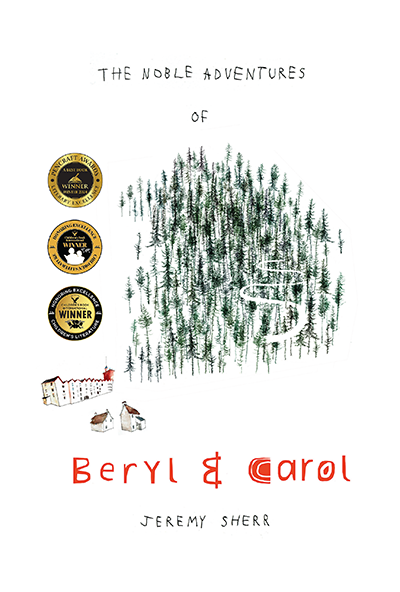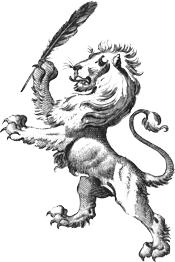 The Noble Adventures of Beryl and Carol
The Noble Adventures of Beryl and Carol
Best friends in small-town England track down stolen treasure in Jeremy Sherr's middle-grade novel The Noble Adventures of Beryl and Carol, an old-fashioned outdoor adventure tale that updates the genre by making its protagonists two athletic and independent 12-year-old girls.
The title characters have been inseparable since early childhood, living next door to each other beside a riverbank in a bucolic town that abuts the Forbidden Forest—so named because 15 years earlier, in 1982, a local teenage boy disappeared there. The most immediate threats to their idyll, however, are gentrification and unemployment. In 1997, austerity maven Margaret Thatcher had just ended her reign as Prime Minister. The textile factory that sustains the town economy is closing, which means that Carol's family may have to move away for work. Beloved neighbors are already selling out to Londoners in search of vacation homes, and local shops are being replaced by generic tourist traps.
To forestall at least some of these disasters, Beryl and Carol come up with a very 12-year-old solution. They're going to find the treasure that the lost teenager was looking for when he disappeared. But first they have to figure out what it is, dodge a trio of bullies, and most importantly, conceal their adventures from their parents!
The Noble Adventures was excellently grounded in a specific place and time period. Possibly the late 1990s was the last time when kids could go so completely off the grid. Beryl and Carol construct a clubhouse in a secret spot in the woods, scavenging their supplies from abandoned construction sites and floating them to their hideaway on a raft they also built by themselves, all without the adults knowing what they're doing. They go on day-long bike rides to other towns to track down clues. Online research is available on the margins (remember dial-up modems at Internet cafes?) but most of their quest relies on old-fashioned legwork, talking to neighbors and drawing on the memories of folks who have lived in the same small town for decades.
Historical details like the Falklands War feature in the solution to the mystery. The treasure turns out to be the centerpiece of the Irish Crown Jewels, the Grand Master Star of the Order of Saint Patrick, which was stolen 90 years previously.
It was incredibly refreshing to read about girls with the same confidence and physical prowess as the boy protagonists of traditional adventure stories by Mark Twain, Rudyard Kipling, and Jack London. Carol, the planner of the pair, is an expert swimmer who uses the solitary sport to clear her head. Beryl, the sensitive one, is a whiz at basketball. Her speed and dodging maneuvers come in handy when the girls are outnumbered by bullies.
The main characters took a little too long to differentiate from each other in the narrative, but by the end, it was clear what each of them added to their unstoppable team. Some plot threads were left unresolved. It seemed like they should have told someone what happened to the missing teenager when they found his papers. Though his parents were dead, one of the adults in the book was a close friend who mourned his unresolved disappearance. The reward for finding the treasure gives the girls enough money to stay in the village, but Carol's family had already signed a contract to sell the house, to a mean family who didn't seem likely to void the sale.
The Noble Adventures has a rather romanticized view of the monarchy and British Empire that not all readers will share. Our assistant judge Annie Mydla observed: "The book completely glosses over English colonialism of Ireland, including the Troubles (the Good Friday Agreement would not be signed until the year after the events in the book), despite the fact that the Jewels had been housed in and stolen from Dublin, capital of the Republic of Ireland. The Jewels had been a gift to Ireland from King William IV to the Lord Lieutenant of Ireland, a colonial office. The origins of the stones themselves are never mentioned, though they had been part of the English Crown Jewels, many of which came from English colonies. There is no discussion of repatriation in the book, either to a former colony or to Ireland, and though arguments could be had about the timeline of events and ownership impacting which country has rights to what, the book doesn't engage. In that way the book can be said to unquestioningly affirm the colonial rights of England, which made me uncomfortable."
The physical book was sturdy, with an attractive glossy cover featuring a quaint sketch of their houses by the forest. The layout and typeface were professional. Little black-and-white sketches throughout the story felt like authentic journal jottings by the two young explorers.
All in all, The Noble Adventures is a fun read that offers good role models for young women.
Read an excerpt from The Noble Adventures of Beryl & Carol (PDF)
Buy this book on Amazon.








